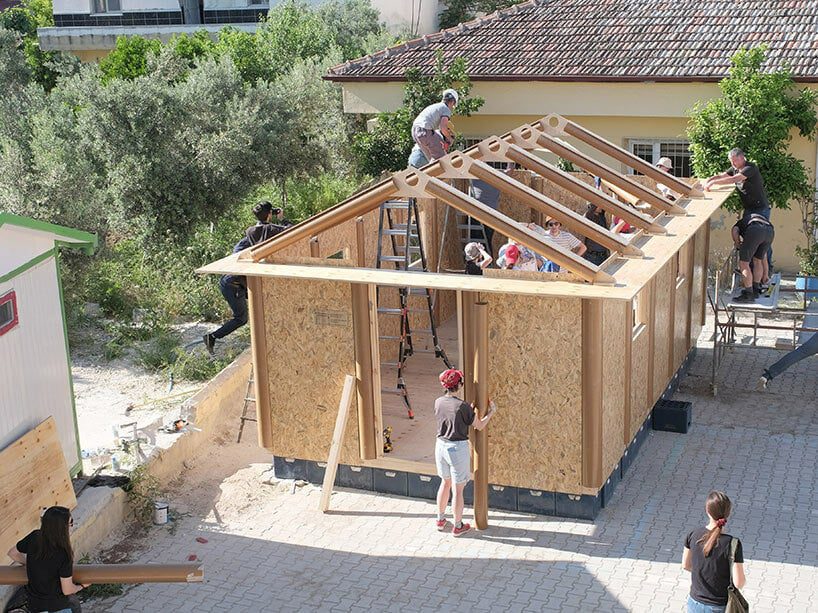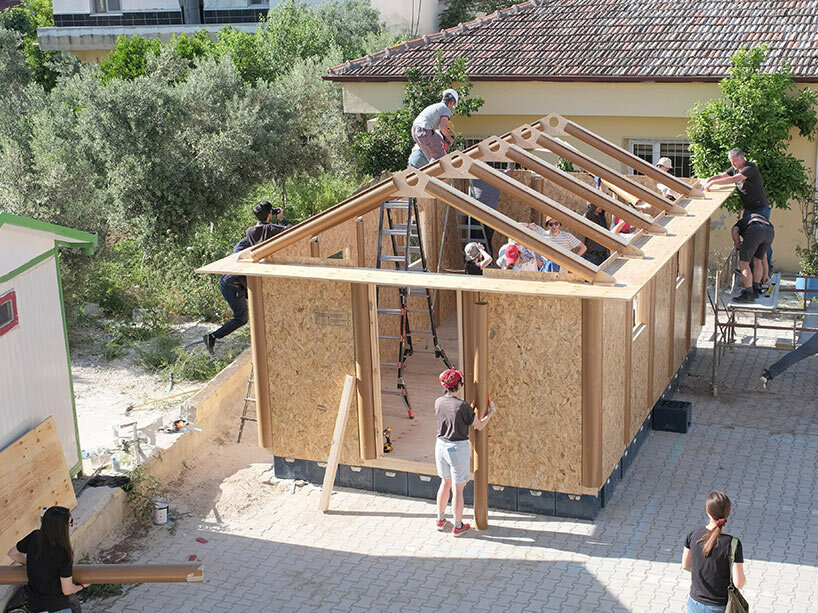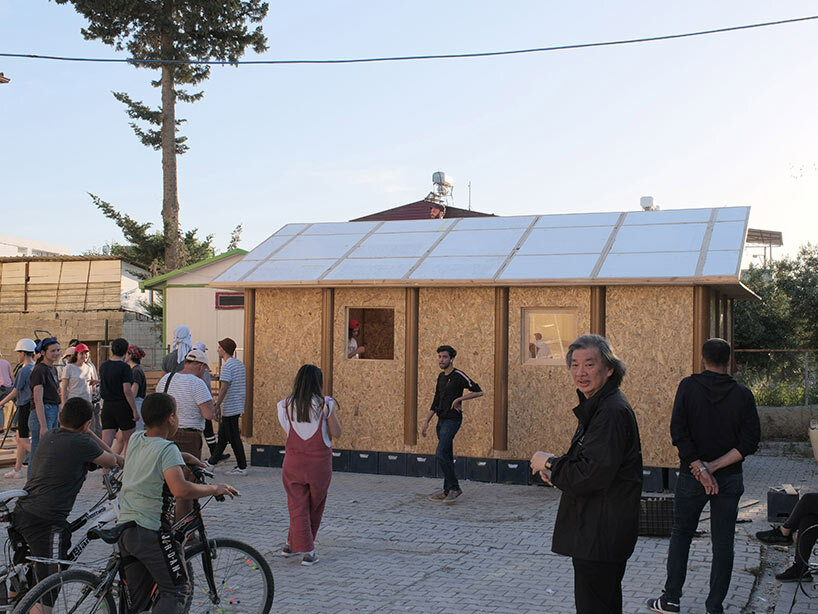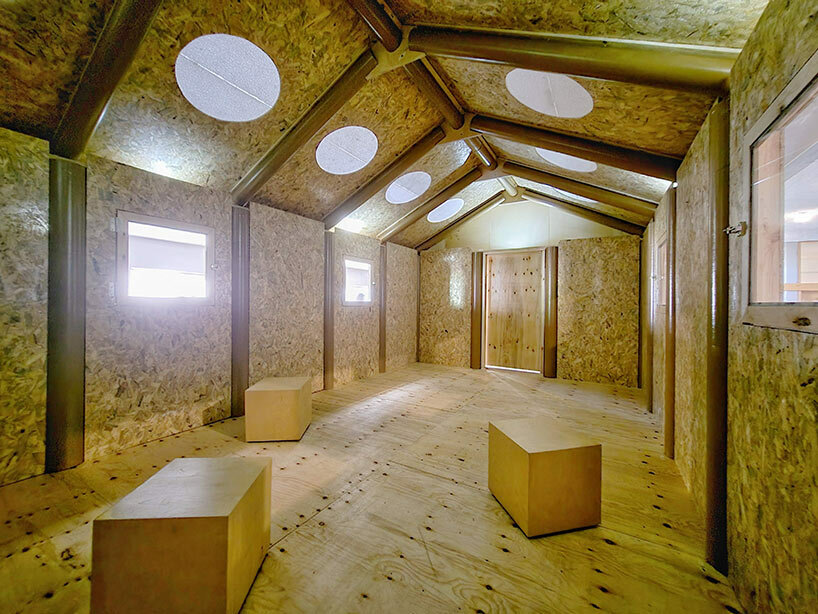IoT sensors for hyper-local natural disaster insights

Spotted: As locations around the world battle increasingly severe weather events, outdoor sirens, mobile texts, and television notices are common ways of notifying communities of impending disaster. The lethal fire on Hawaii’s Maui Island is an example of a time when planned emergency alerts did not work. With more than 400 outdoor alarms available for use, the fire moved so quickly that disaster management teams didn’t have time to activate them.
One way of improving safety for residents is to install more local environment trackers, making it possible to generate super-specific alerts before a threat runs out of control. Aurassure, a Bhubaneswar-based environmental technology company, is building an extensive network of informed, connected citizens and neighbourhoods to provide real-time weather and ecosystem data for a variety of uses.
Using a system of smart environmental monitoring devices with wireless sensors for networking, Aurassure tracks meteorological data, including wind direction and speed, humidity, temperature, and rainfall. The Internet of Things (IoT) system also tracks other essential urban information such as noise levels, the amount of UV light present, and the presence of gases and particulates in the air. And for residents living in close proximity to bodies of water,
All sensors are customisable so that areas can track exactly what they need, and a dashboard presents information in easy-to-grasp visuals to help make it easy to spot changes over time and identify areas of potential high risk. The sensors are also usable in a variety of locations and are easily mounted on existing infrastructure. Depending on local facilities, there are different ways for a neighbourhood to transmit data to the cloud, and information is viewable on the web and via a mobile app.
The company’s goal is to provide policymakers, urban planners, and communities with accurate, robust data on which to base ecosystem improvements.
From portable power stations for grid independence to building-level flood alerts, Springwise’s database includes examples of innovators around the world seeking ways to predict, cope with, and thrive after monumental changes are wrought by natural disasters.
Written By: Keely Khoury



 images courtesy Shigeru Ban Architects
images courtesy Shigeru Ban Architects the first Paper Log House mock-up shelter has been constructed in Marrakech
the first Paper Log House mock-up shelter has been constructed in Marrakech